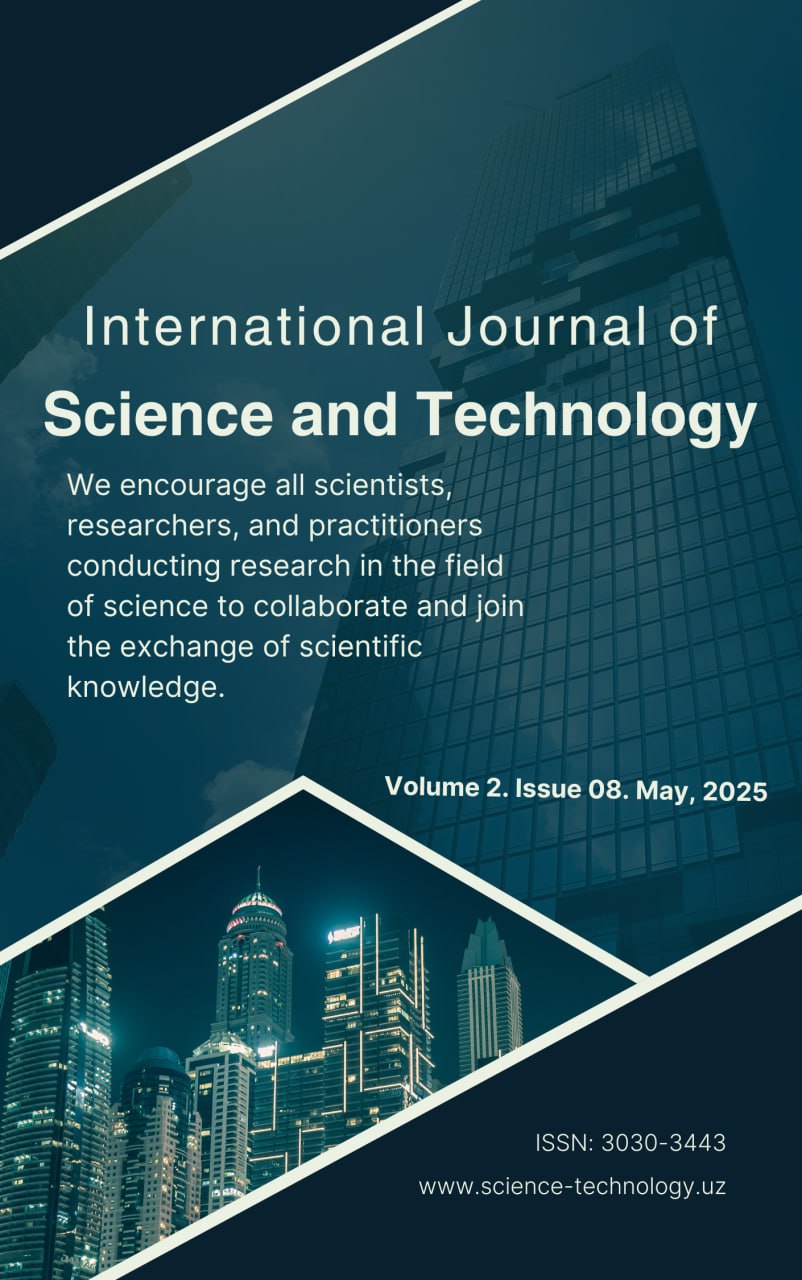Published 23-06-2025
Keywords
- digital storytelling, English speaking skills, oral proficiency, multimedia learning, Uzbekistan, educational technology, cultural identity, learner engagement

This work is licensed under a Creative Commons Attribution-NonCommercial-NoDerivatives 4.0 International License.
How to Cite
Abstract
Digital storytelling, blending narrative techniques with multimedia tools, offers a transformative approach to improving English speaking
skills in Uzbekistan’s diverse classrooms. By integrating audio, video, and interactive elements, this method fosters oral proficiency, confidence,
and cultural expression. This article explores the theoretical underpinnings, practical applications, and evaluation strategies of
digital storytelling, addressing implementation challenges in Uzbekistan’s educational context. Aligned with national reforms emphasizing
English fluency for global integration, digital storytelling leverages technology to engage learners, making it a vital tool for enhancing
speaking skills while preserving cultural identity.
References
- 1. Crystal, D. (2003). English as a Global Language (2nd ed.).
- Cambridge University Press. p. 8.
- 2. Hedge, T. (2000). Teaching and Learning in the Language
- Classroom. Oxford University Press. pp. 45, 148, 150.
- 3. Egan, K. (1986). Teaching as Storytelling. University of
- Chicago Press. pp. 22, 28.
- 4. Mayer, R. E. (2005). The Cambridge Handbook of Multimedia
- Learning. Cambridge University Press. p. 33.
- 5. Vygotsky, L. S. (1978). Mind in Society: The Development
- of Higher Psychological Processes. Harvard University Press.
- pp. 76, 78, 80.
- 6. Krashen, S. D. (1982). Principles and Practice in Second
- Language Acquisition. Pergamon Press. p. 18.
- 7. Robin, B. R. (2011). The educational uses of digital
- storytelling. In N. Arnold L. Ducate (Eds.), Present and
- Future Promises of CALL (pp. 21-36). CALICO. pp. 25, 30, 32,
- 34.
- 8. Nation, I. S. P. (2001). Learning Vocabulary in Another
- Language. Cambridge University Press. pp. 27, 29.
- 9. McDrury, J., Alterio, M. (2003). Learning Through
- Storytelling in Higher Education. Routledge. pp. 50, 52.
- 10. Thornbury, S. (2005). How to Teach Speaking. Pearson
- Education. p. 65.
- UNESCO. (2019). Digital Education in Uzbekistan: Progress
- and Challenges. UNESCO Reports. p. 12.
- Pimsleur, P. (1967). A memory schedule. The Modern
- Language Journal, 51(2), 70-75. p. 70.
- Karimov, I. A. (2012). Chet tillarni o’rganish tizimini yanada
- takomillashtirish chora-tadbirlari to’g’risida. PQ 1875.
- Tashkent. p. 2.
- Mirziyoyev, S. (2017). Speech at the national education
- reform conference. Tashkent, Uzbekistan. p. 1.
- Омонов, Б. (2024). Происхождение и историческое раз-
- витие гендерной терминологии. Общество и иннова-
- ции, 5(6), 166-174.
- Omonov, B. (2022). Ingliz vа о ‘zbek tillаridа geоlоgiyаgа оid
- terminlаr о‘zlаshishi kоgnitiv jаrаyоn sifаtida. Scienceweb
- academic papers collection.

